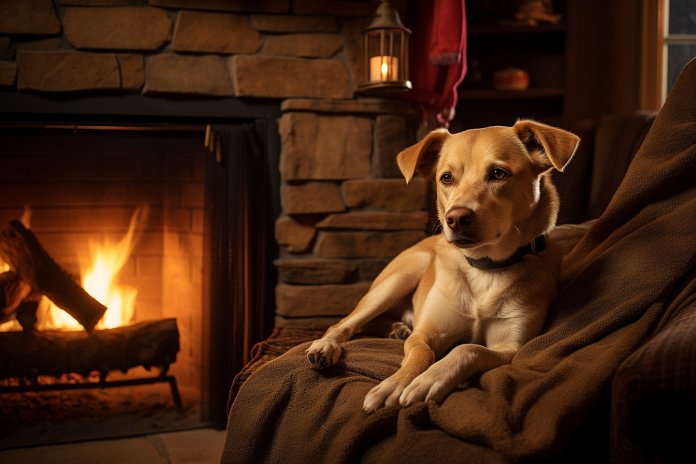
Humans often find themselves in situations where they regret past decisions and feel emotional about choices they wish they could change. This feeling of regret can haunt us for a long time. But when it comes to dogs, they cannot communicate whether they feel regret or guilt. It is up to us to forgive our four-legged friends and move on. However, this raises the question of whether dogs can feel any regret and how we can tell.
Signs Your Dog Feels Regret
Since regret is an emotional response to doing something wrong, it is likely that dogs can feel some form of regret. For example, when you come home and find your dog has torn apart the kitchen trash bag, they often try to hide, indicating they know they did something wrong. When confronted with the evidence, they may lower their head or ears, showing that they understand they are in the wrong for not following the rules of the home. Dogs may also avoid eye contact to avoid giving away their guilt.
Body Language
If you think your dog is feeling regret, watch for signs such as cowering, dropped ears, averting eyes, tail tucking, lowering their head, and hiding.
The History Behind Dogs Feeling Regret
Studies suggest that the signs dogs display when they seem regretful may be a learned response rather than true feelings of regret. Dogs may have learned to act guilty and remorseful because owners punish them less when they do so. While there is still much to learn about dogs’ emotions and how they express them due to the language barrier, studies have shed some light on the subject.
Science Behind Dogs and Their Feelings
Different species have different ways of showing emotions. Humans can verbally express their feelings, but dogs rely on their movements. Dogs learn over time what their humans expect from them, so it is possible that they have learned certain responses to make their humans feel better.
Training Your Dog to React
When your dog misbehaves, it can be challenging to punish them when they give you those sad, puppy-dog eyes. However, it is necessary to address the behavior. Training your dog to understand that certain behaviors are unacceptable requires finding a balance between teaching them right from wrong without causing fear or mistrust. Instead of yelling at your dog, it is more effective to calmly show them the evidence of their bad behavior and use a stern voice to convey disapproval. It is important not to hit or punish them for too long, as this will only confuse and upset them. Dogs want to please their owners, and continuous punishment for something they no longer remember will leave them shaken and upset.
“In the midst of our own regrets, let us forgive our four-legged friends and move on.”

Tips & Things to Know
1️⃣ Dogs can feel regret: Dogs may exhibit signs of regret when they have done something wrong, such as lowering their head, averting their eyes, or hiding. It is important to recognize these signs and understand that dogs can experience emotions like regret.
2️⃣ Signs of regret in dogs: Look out for signs like cowering, dropped ears, averting eyes, tail tucking, lowering their head, and hiding. These behaviors indicate that your dog may be feeling regretful about their actions.
3️⃣ Training your dog responsibly: When your dog behaves inappropriately, it is important to correct their behavior without scaring or punishing them excessively. Instead, show them the item they damaged and use a stern voice to convey that their behavior was unacceptable. Avoid hitting or prolonged punishment, as this can cause confusion and distress in your dog.
Frequently Asked Questions, Answered ✅
1. Can dogs feel regret?
– Yes, dogs can feel regret, as indicated by their behavior when they have done something wrong.
2. How can you tell if your dog feels regret?
– Signs of regret in dogs include lowering their head, dropping their ears, avoiding eye contact, and exhibiting guilty behavior.
3. Are these signs of regret learned responses or genuine emotions?
– Studies suggest that dogs may exhibit signs of guilt and regret as learned responses to avoid punishment, rather than experiencing genuine emotions of regret.
4. How do dogs show their emotions?
– Dogs communicate their emotions through body language, such as cowering, tail tucking, and hiding.
5. What is the best way to handle a dog’s bad behavior?
– It is important to correct a dog’s bad behavior without scaring or punishing them excessively. Using a stern voice and associating the negative behavior with a specific smell can be effective in training. Avoid hitting or punishing a dog for too long after the incident, as this can confuse and upset them.